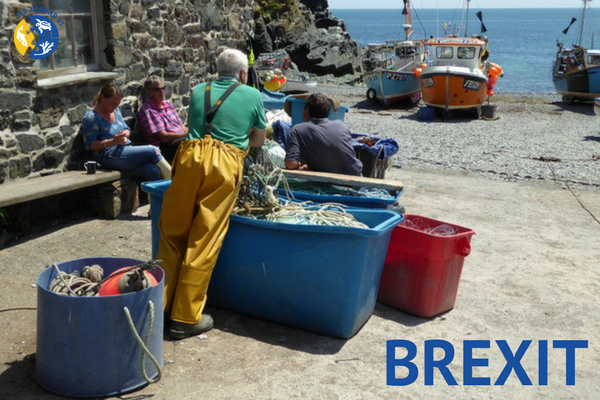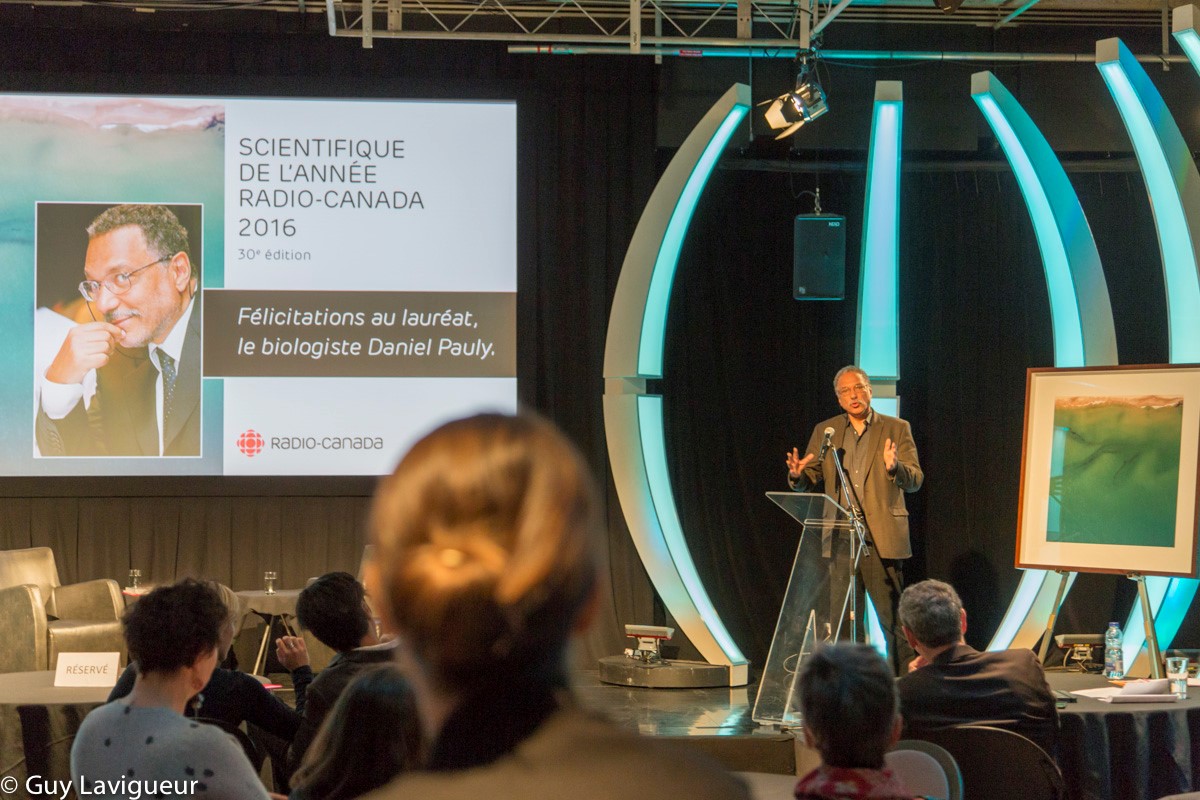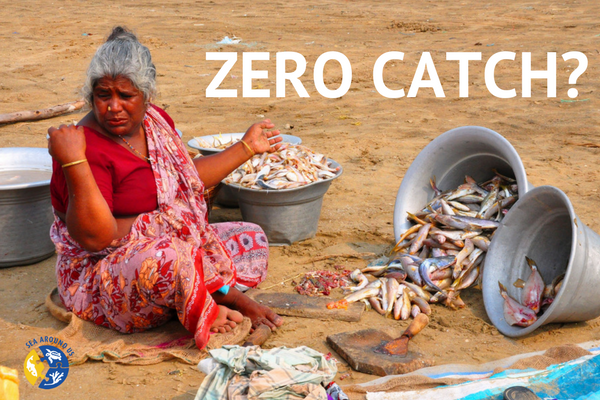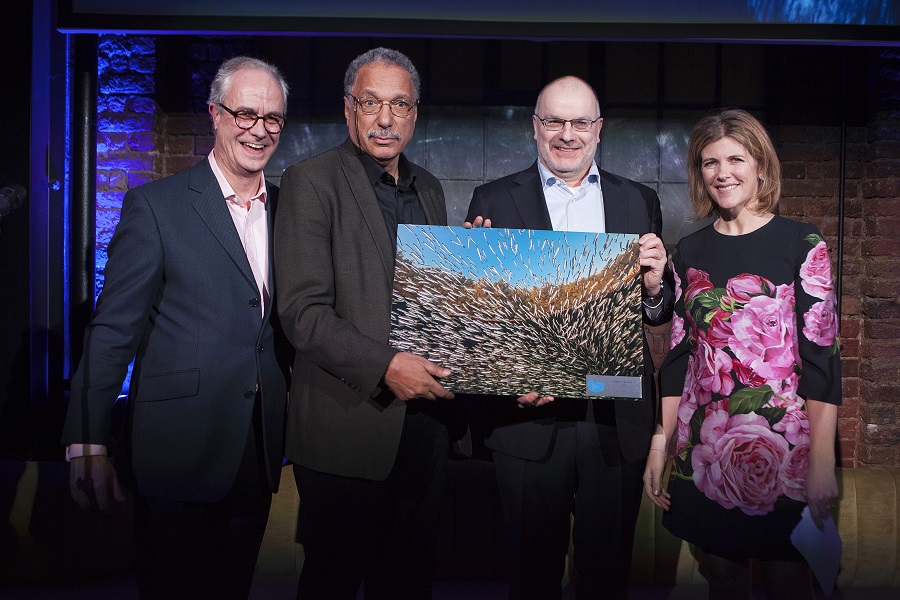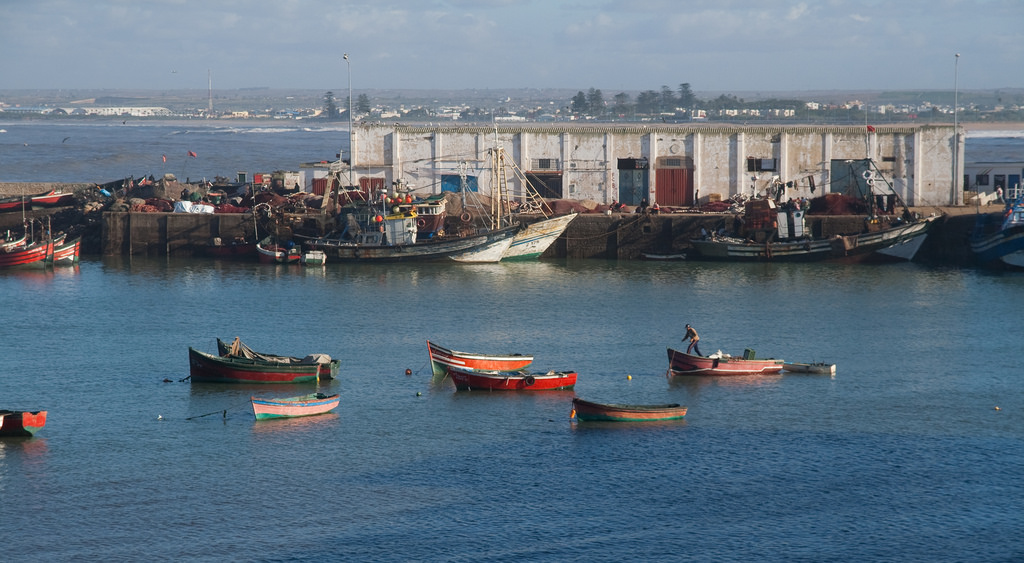
Photo by Alper Çuğun, Flickr.
Trawl nets, drift nets, longlines, etc. have allowed fleets across the world to turn their fishing operations into massive extractive activities.
In several countries’ Exclusive Economic Zones, such expansion has led to depleted fish stocks. Some of those countries, however, have enough capital to buy access to other countries’ waters, extract their resources and sell them across continents. “They are just exporting the problem,” the Sea Around Us Senior Scientist Dirk Zeller has said.


